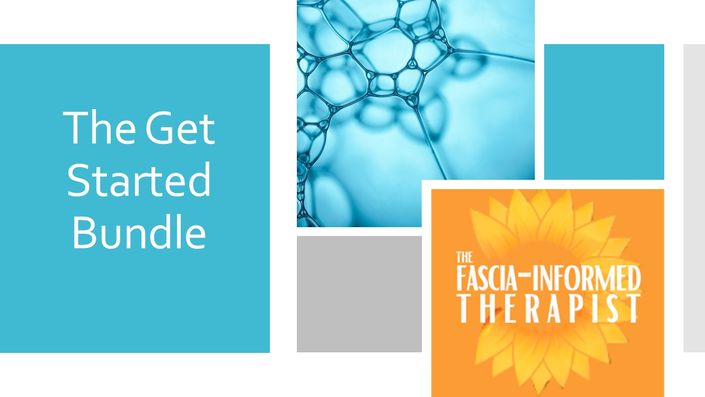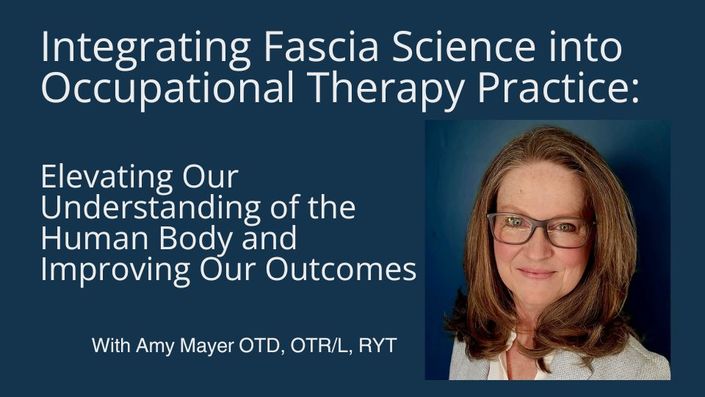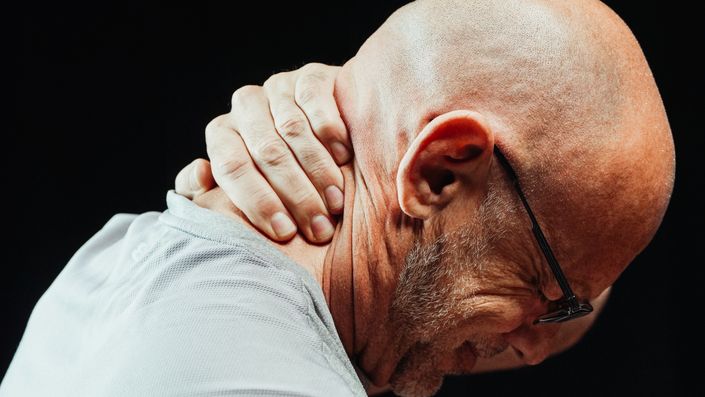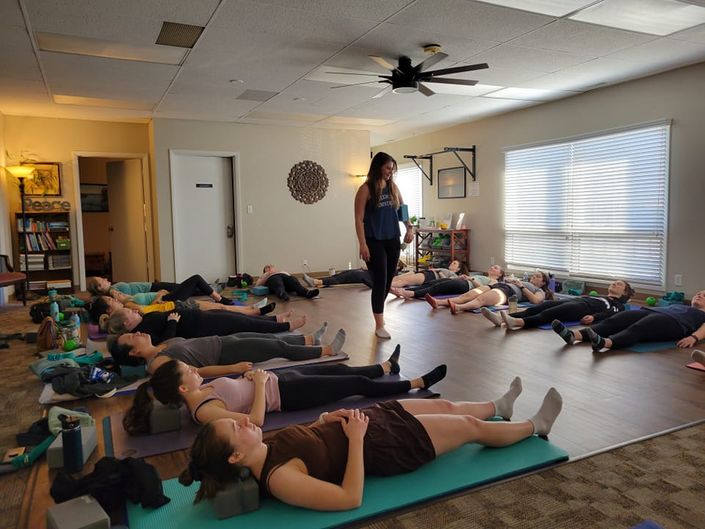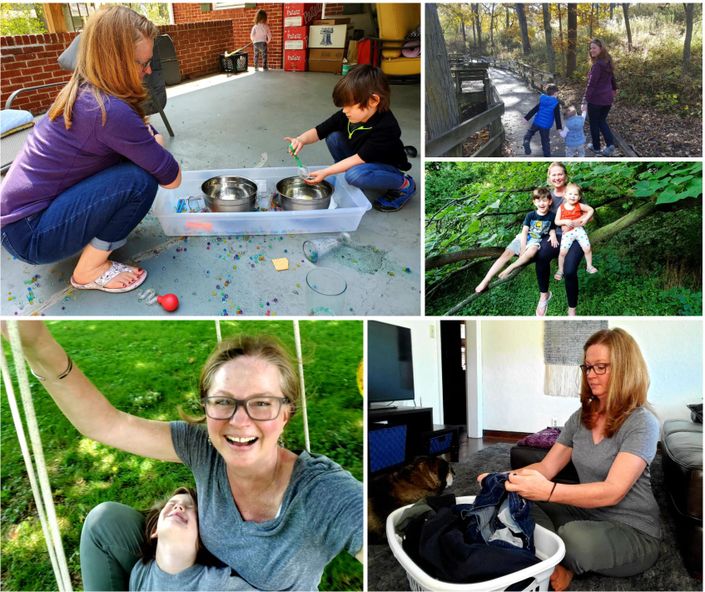Be a leader in understanding and treating the human body through the science of the fascial system.
Occupational Therapy Practitioners are Well Suited to Treat Clients TMD
Temporomandibular Joint Dysfunction (TMD) affects over 80 million adults and over 8 million children and adolescents in the United States (The TMJ Association, 2022). We need more practitioners who can treat this often-debilitating condition.
The Problems
Too many clients have been given no other option besides drugs, night guards or irreversible procedures. The root causes are not addressed.
Clients are being told to stop eating foods they love and stop doing other important daily occupations. They are not given a rehabilitation plan.
Because the pain is in the jaw, clients seek out the dentist first. Dentists are not trained in healing joints and managing occupational dysfunction.
The TMJ Is a Key Joint for Important Occupations
The occupations of eating, talking, laughing, intimacy and more that temporomandibular dysfunction (TMD) directly affects are some of our most valued and repetitive activities of daily living. When they are limited from TMD, this can result in a decline in physical and mental health for all ages.
Occupational Therapy Practitioners are Well Trained in Treating the Root Causes of TMD
The cause is often considered multifactorial, including biologic, behavioral, environmental, social, emotional, and cognitive components. Thus making it important for occupational therapy practitioners to become involved in treating those affected by TMD.
Occupational therapy practitioners have been working with children with oral motor dysfunction and individuals with musculoskeletal issues for decades. Working with individuals with TMD marries these important skills and can help a population in dire need!
Become the Local Expert in Treating TMD!
As an Occupational Therapy Practitioner, you are already treating clients who are likely to have TMD.


Temporomandibular Joint Dysfunction Affects People of All Ages
What makes the TMJ unique is that it is used in so many critical aspects of life such as communication, eating, intimacy, singing, facial expressions, yawning, smiling, laughing, sneezing, breathing and more.
There are so many small muscles and layers of fascia in the face, neck, and jaw area making the jaw susceptible to chronic tension. The excess tension creates not only pain, but also decreased functioning in these critical areas of life in people of all ages.
Apply the Best Available Evidence to Support Your Evaluation and Intervention Choices
You'll learn the process we use when evaluating and treating our clients with TMD and the best available evidence that supports our choices.


Build Your TMD Caseload
You'll learn how to highlight your unique occupational therapy skills to support referrals. We provide a sample flyer and great tips to get you started!

Documentation and Billing
You'll learn to collect both objective and subjective information from your client to support the need for your services, write great goals, demonstrate progress and support your billing.
Learn skills today you'll apply tomorrow!
Grounded in science. Practicing at the edge.
We pride ourselves on creating courses full of practical information and helpful resources you can use with your clients right away.
Course Curriculum
We use best teaching practices to provide highly applicable and practical content.
- Client Education and Creating a Baseline for Healing (5:30)
- Creating a Healing Mindset
- Eliminating Habits of Popping and Clicking
- The Role of Posture and Mobility in a Healthy TMJ (18:25)
- Diaphragmatic Breathing is Essential to Healing
- Identifying and Minimizing Body Tension (30:43)
- Mindset and Habits Summary

Meet Your Instructors
Hello! We are occupational therapists who are grounded in science and practice on the edge! We believe in always reaching for new and innovative approaches to getting the best outcomes with our clients while using the best available evidence to support our choices.
Amy is a 30+ year veteran of occupational therapy and myofascial release work. She taught in the occupational therapy program at Creighton University for 20 years and has received awards for her teaching skills. She loves teaching other health and wellness practitioners about the research behind fascia and how this knowledge can influence their practice. Working with clients who have TMD is always exciting because they can make changes very quickly.
Kaitlyn, also an occupational therapist, has expertise in anatomy as it applies to posture, movement, and OT practice. She has a passion for working with clients with TMD as she experienced debilitating TMD after a car accident in 2022. Applying the information in this course has made a huge difference in her recovery!
A Traditional Approach Through the Lens of Fascia
As therapists who are grounded in science and occupation-based theory, we take a traditional approach to occupational therapy practice, but we look through the lens of fascia science.
The fascial system is a body system we must understand in order to fully understand the human body and how it functions. The fascial system is up to ten times more innervated than our muscular system. This means our brains are ten times more interested in our fascia than our muscular system. This does NOT mean our other systems are not important. It speaks very loudly that this system is important!
Understanding the fascial system and its intricate relationship with all our other body systems is a critical layer to understanding health and function. In the literature, the fascia is often referred to as the environment of the body and all the systems within it. If your fascia is healthy, your other body systems have the environment to function well.
In all our courses, we overlay that science of fascia to provide a new and innovative look at approaching occupation therapy practice.
All Practitioners are Welcome
This course is designed for occupational therapy practitioners. However, we welcome all health and wellness practitioners. With over 80 million people in the United States with this issue, there is enough room for everyone.
If you are not an occupational therapy practitioner, this course may still give you several ways you can support your clients with TMD. It may also help you to make referrals. It is up to each practitioner to know their scope of practice and the appropriateness of applying the concepts and techniques in this course.

